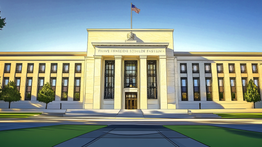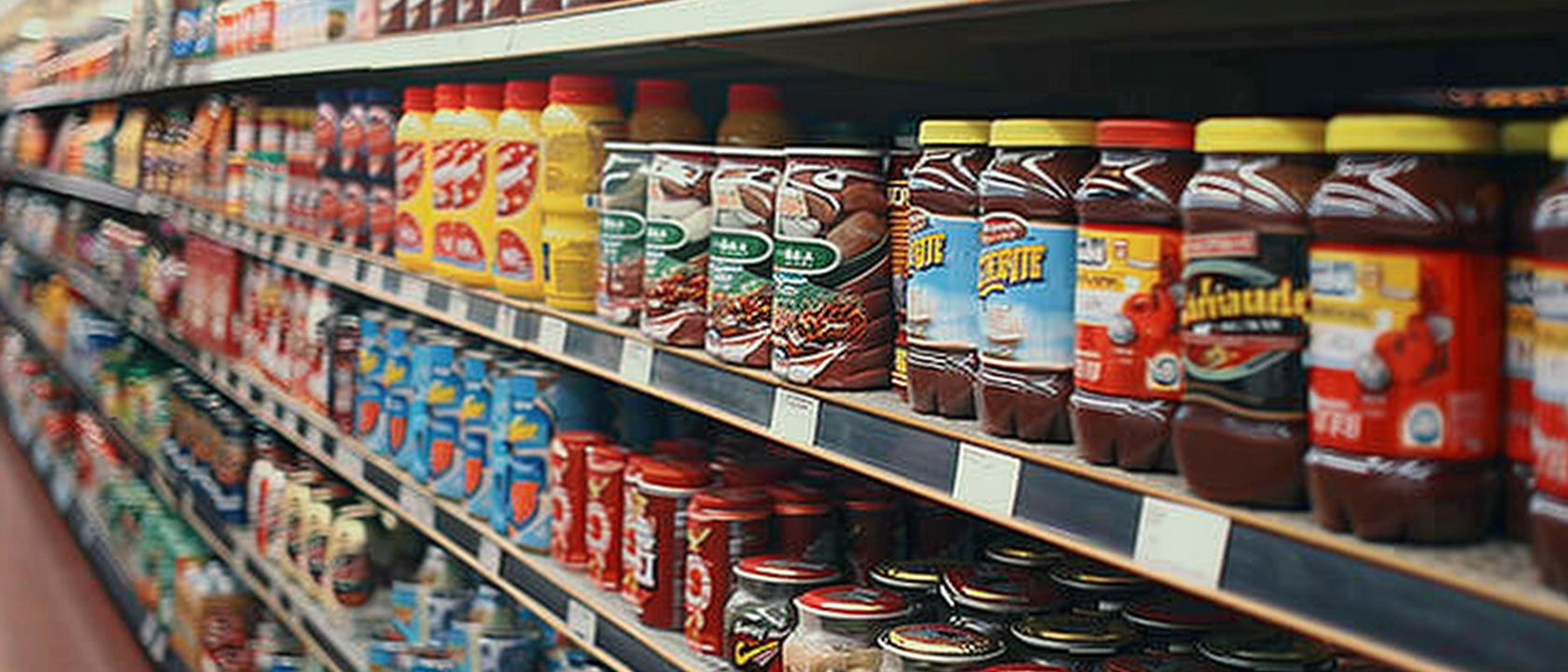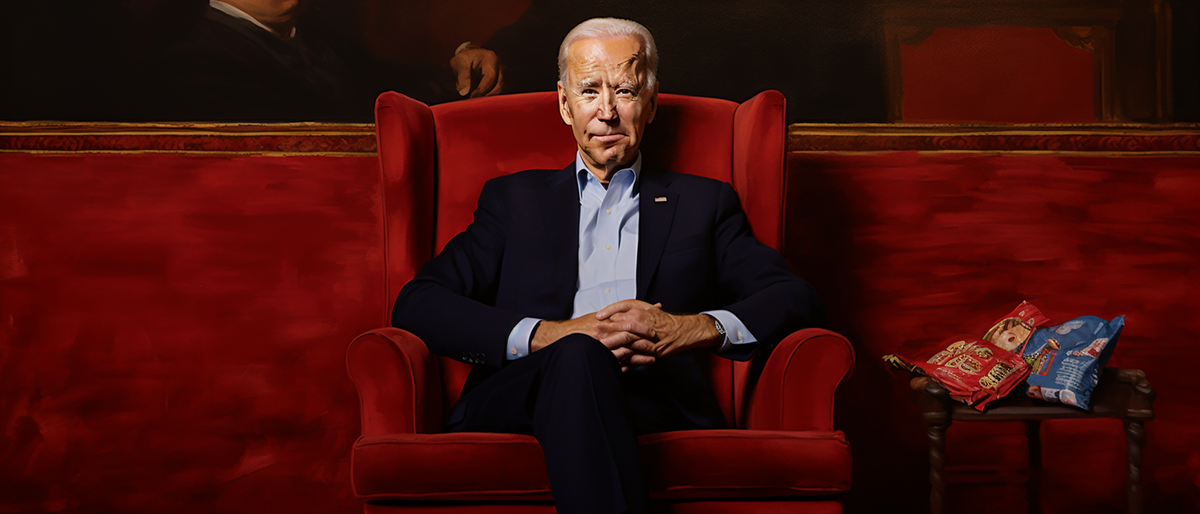

Exploring the escalating inflation crisis, the potential for government-imposed price controls emerges as a concerning reality, reminiscent of historical precedents like the Nixon era.
It appears the federal government's approach has shifted from attributing blame to actively exacerbating the issue. President Joe Biden, in his State of the Union address, highlighted the impact of the government's $6 trillion expenditure to mitigate lockdown repercussions, which has led to noticeable inflation in everyday products, such as potato chips and cookies.

The grocery sector, operating on razor-thin margins averaging at a mere two cents per dollar, has no buffer to absorb such inflationary pressures and is forced to pass on costs to consumers. To cope, companies resort to either raising prices or, more subtly, reducing product sizes—colloquially known as shrinkflation—to a point they believe consumers can afford.
Financial analyst Charles Payne underscored this trend, revealing that product shrinkage has absorbed between 20% to 25% of inflation since 2019. This means that without the reduction in product size, consumers would face even steeper prices. For instance, despite the cost of cocoa—chocolate's key ingredient—nearly doubling since the pandemic began, chocolate bars have not seen equivalent price hikes; instead, their sizes have diminished.
Beyond shrinkflation, there's the phenomenon that Peter St Onge calls "crapflation," where product quality degrades. Examples include margarine diluted with water, cookies sweetened with cheaper high-fructose corn syrup instead of sugar, and chocolate with cocoa butter replaced by subpar alternatives like sunflower oils, resulting in an inferior taste.
This combination of shrinkage and quality reduction indicates that official food inflation figures are significantly understated. Analyses using the "Big Mac Index," a global standard for gauging inflation through a composite of inputs like food, labor, and utilities, suggest that the US has been underreporting inflation by almost 50% for decades.
As government entities set their sights on "greedy" corporations with task forces aimed at prosecuting pricing and sizing irregularities, history reminds us of a similar scenario under President Richard Nixon. His administration's response to inflation led to shrinkflation, crapflation, and eventually, price controls, which resulted in chronic shortages and long gas lines but did little to curb inflation.

The cautionary conclusion advises consumers to anticipate further complications by maintaining ample supplies of fuel and groceries.